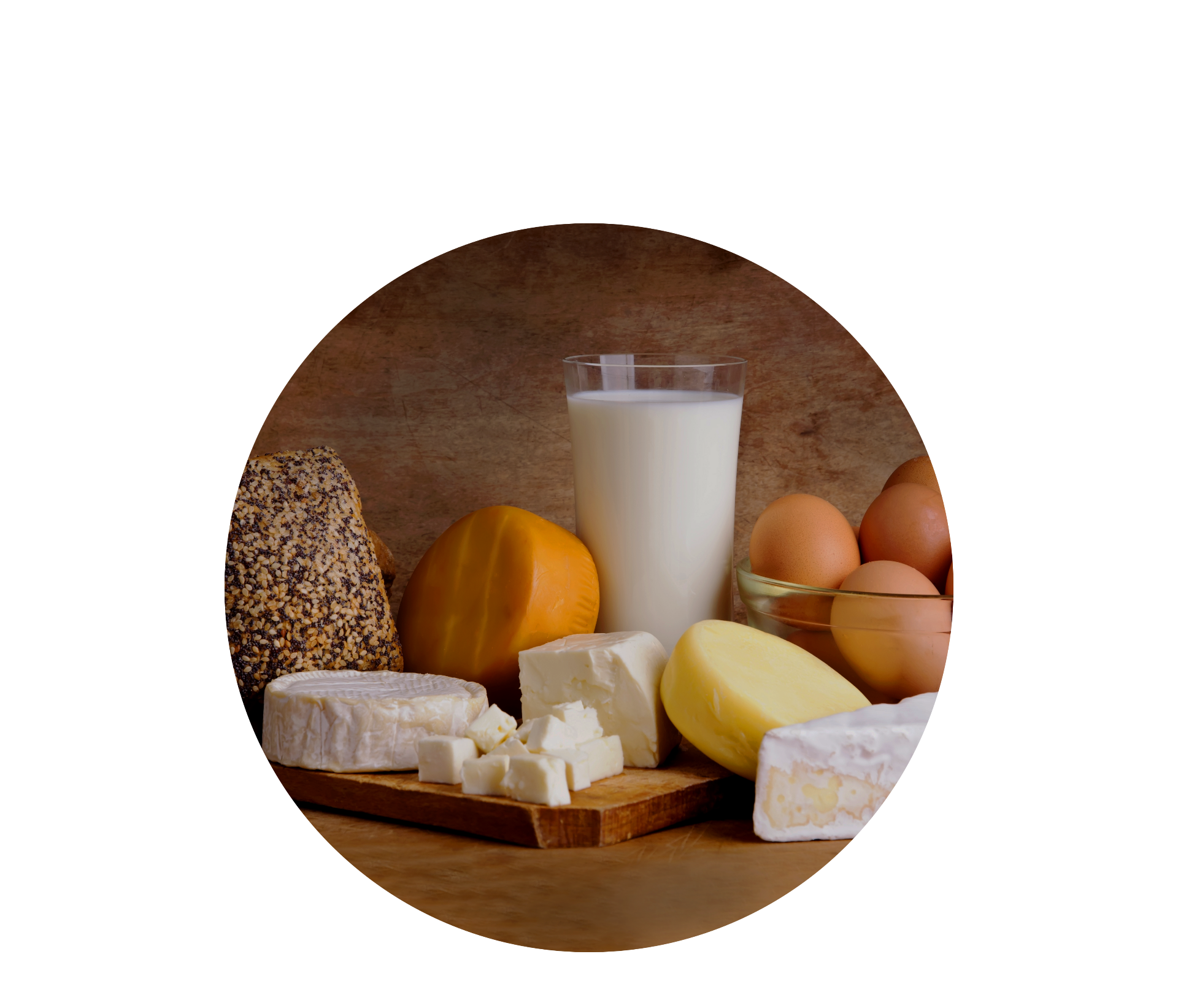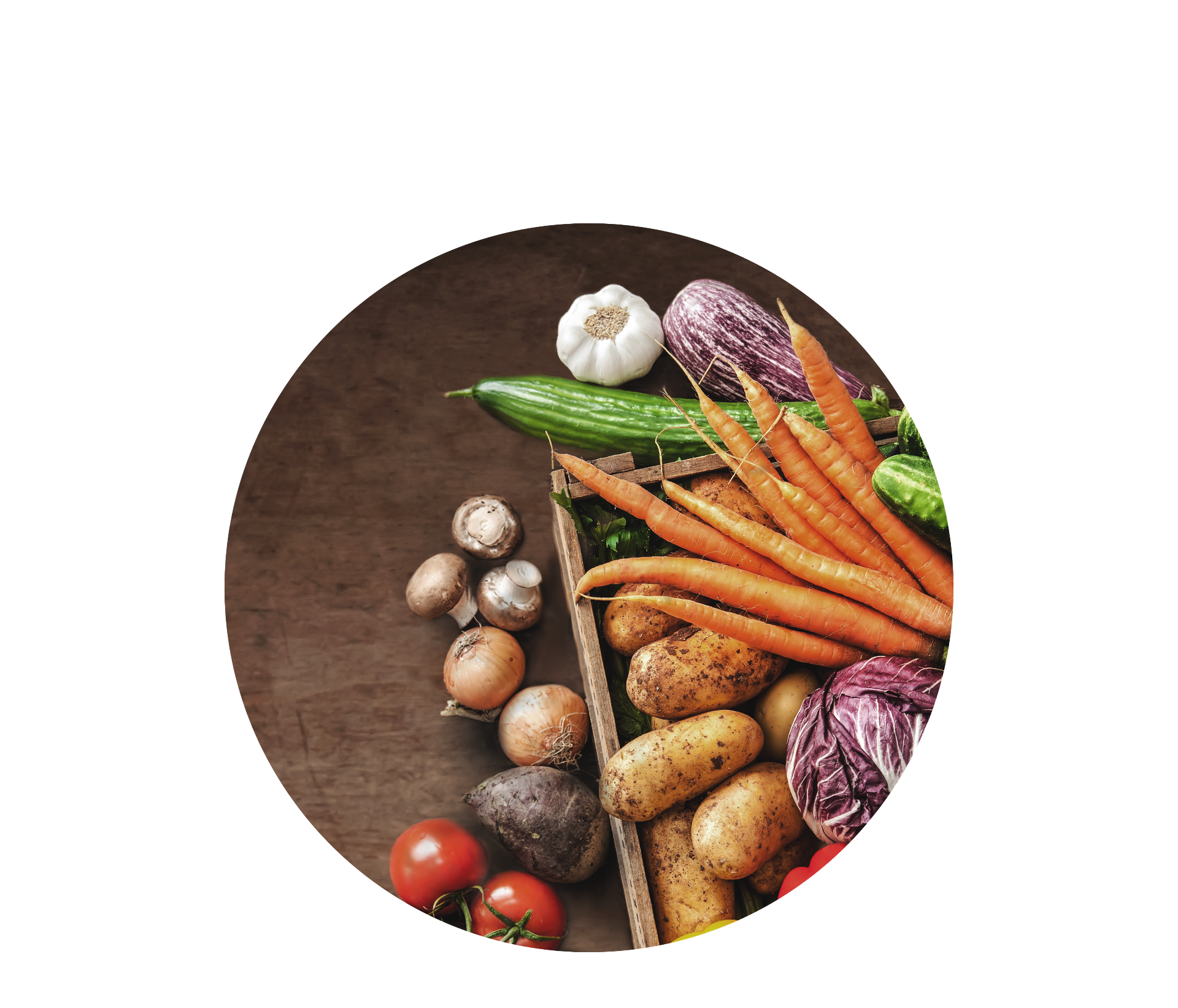
Fertilisers for Agriculture and Aquaculture

Silicon for healthy soils
Silicon (SI) is second only to oxygen as the earth's most abundant element. In order to be taken up by plants, silicon must be in soluble form; monosilicic acid or orthosilicic acid Si(POH)4 - also known as Plant Available Silicon (PAS).
Silicon Needs of Soils and Crops
Until recently, this ubiquitous element was not given much attention as a possible limiting factor in soil fertility and crop production. Agronomists now recognize valuable functions of silicon nutrition in crops and soils, and even animal life.
Research conducted on New Jersey soils and in many places around the world have shown that applying supplemental silicon in a chemically available form can protect plant health and benefit crop production.
Function of Silicon in Plants
Silicon is beneficial to many crops when added to some soils as a fertilizer. It is not classified as an essential element for most plants but horsetail (Equisetum) and some types of algae cannot survive without a supply of silicon from the environment.
Many plant species, especially grasses, can take up silicon in amounts comparable to macronutrients. This high concentration of silicon in the plant contributes to plant mechanical strength. Besides a structural role, silicon may protect plants from insect attack, disease, and environmental stress by improving the plant's defense response. For some crops, silicon fertilization of soils increases crop yield even under favorable growing conditions and in the absence of disease.
Specific benefits observed due to silicon nutrition are extensive:
- Direct stimulation of growth and yield
- Counteracts negative effects of excess N nutrition
- Suppression of some plant diseases caused by bacteria and fungi. Diseases suppressed include powdery mildews on cucumber, pumpkin, wheat, and barley and gray leaf spot on perennial ryegrass
- Suppression of stem borers, leaf spider mites, and various hoppers
- Alleviates various environmental stresses. Silicon protects against lodging, drought, temperature extremes, freezing, UV irradiation, and chemical stresses including salt, heavy metals, and nutrient imbalances
In animals, silicon strengthens bones and connective tissue. Vegetables, grains, and fermented grain products are sources of silicon in human nutrition.
Silicon Deficiency Symptoms
Symptoms of silicon deficiency are generally not visually apparent in an obvious way in the field.
Indirectly, silicon deficiency may be exhibited as an increase in susceptibility to certain plant diseases. Crops such as pumpkin, cucumber, wheat, and Kentucky bluegrass are susceptible to a disease called powdery mildew. Providing enhanced levels of silicon nutrition for these crops may suppress or delay the onset of the disease. When crops exhibit a high level of susceptibility to powdery mildew, this may be considered as a sign of silicon deficiency (Figures 1 and 2).
As a result of increasing silicon concentrations in plant tissues the mechanical strength may be increased, helping to protect the plant from infection. Studies have shown that the amount of insect attack on plant tissues may also be inversely related to silicon uptake. So, the response of plants against plant pathogens and insects at the biochemical, physical, and molecular levels are remarkably similar when silicon is taken up by roots and translocated to shoots, suggesting an active role played by this element in plant defense.
Grain crops lacking adequate silicon are more susceptible to lodging.

Lácteos
Haz clic aquí y empieza a escribir. Sed ut perspiciatis unde omnis iste natus error sit voluptatem accusantium doloremque laudantium

Verduras
Haz clic aquí y empieza a escribir. Sed ut perspiciatis unde omnis iste natus error sit voluptatem accusantium doloremque laudantium

Pastelería
Haz clic aquí y empieza a escribir. Sed ut perspiciatis unde omnis iste natus error sit voluptatem accusantium doloremque laudantium
Diariamente
PRODUCTOS FRESCOS Y ORGÁNICOS
Directamente de nuestra granja
PRUEBA EL SABOR GENUINO
Aquí comienza tu texto. Puedes hacer clic en este punto y empezar a escribir. Quae ab illo inventore veritatis et quasi architecto beatae vitae dicta sunt explicabo nemo enim ipsam voluptatem quia voluptas.
